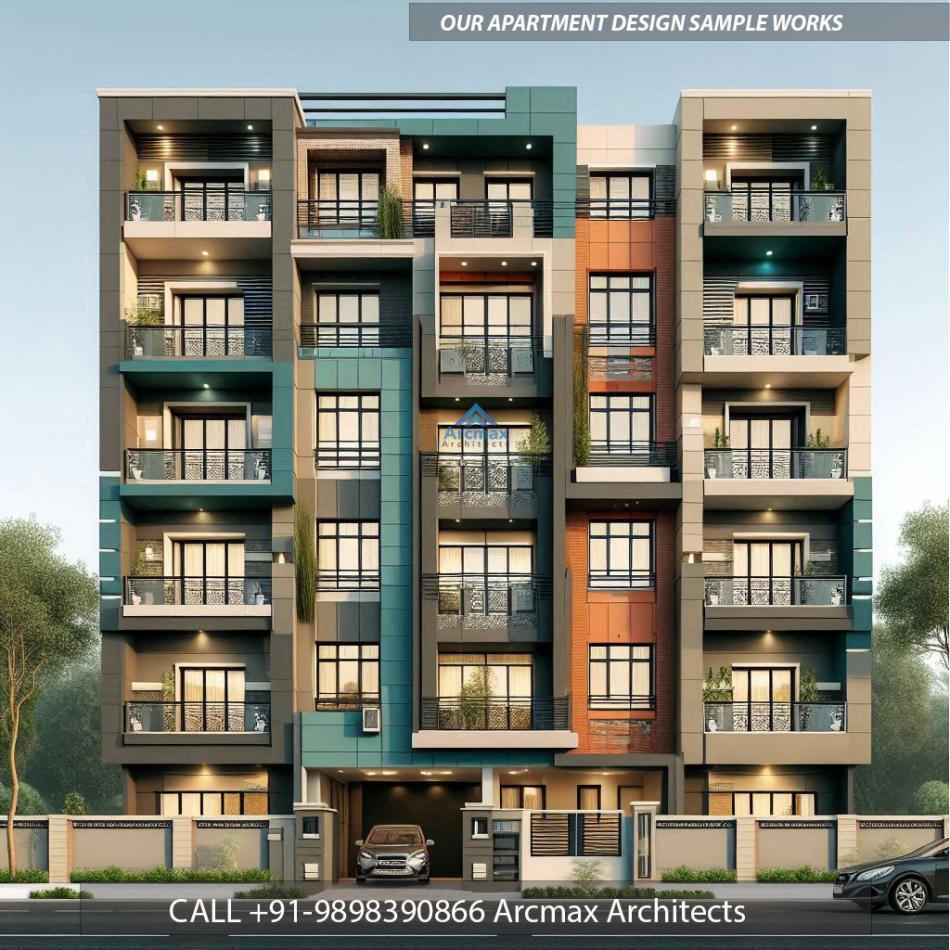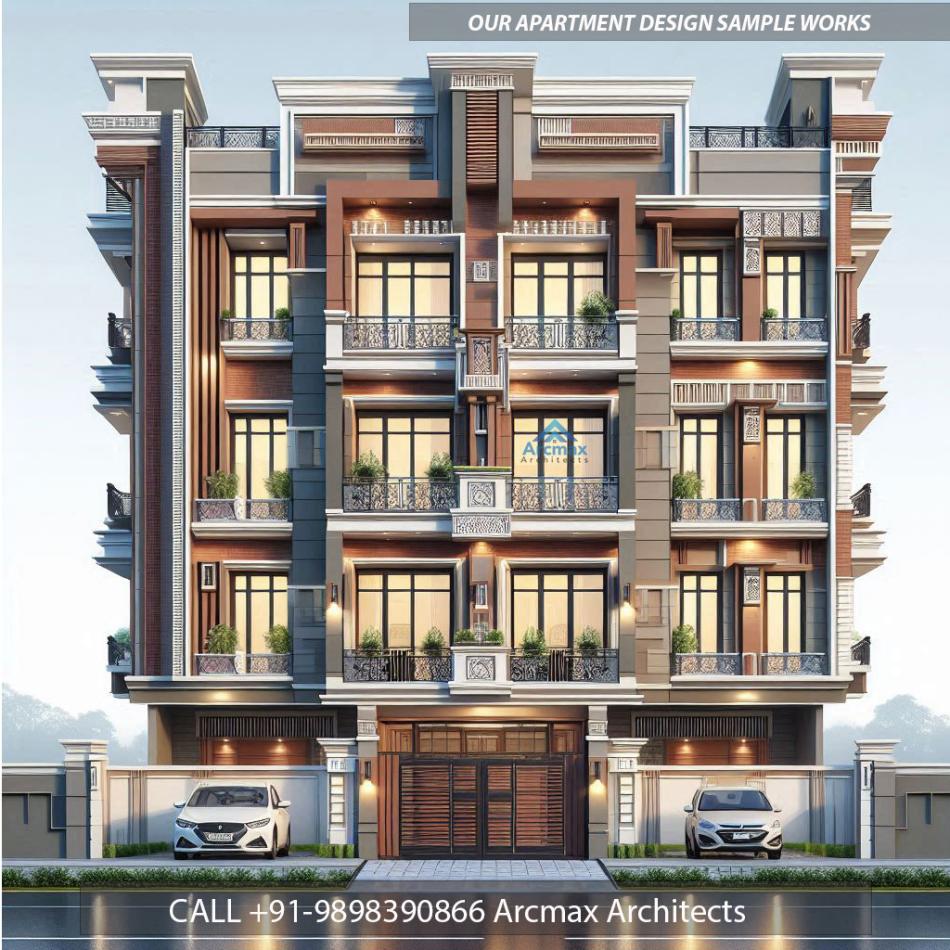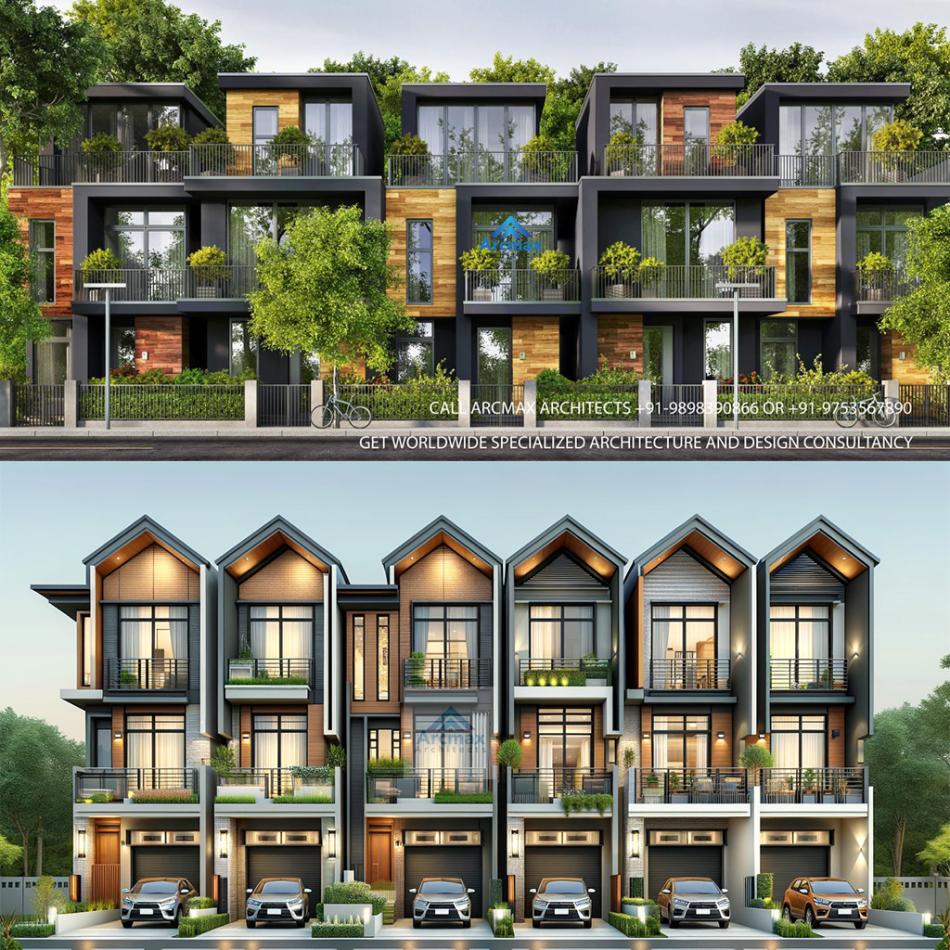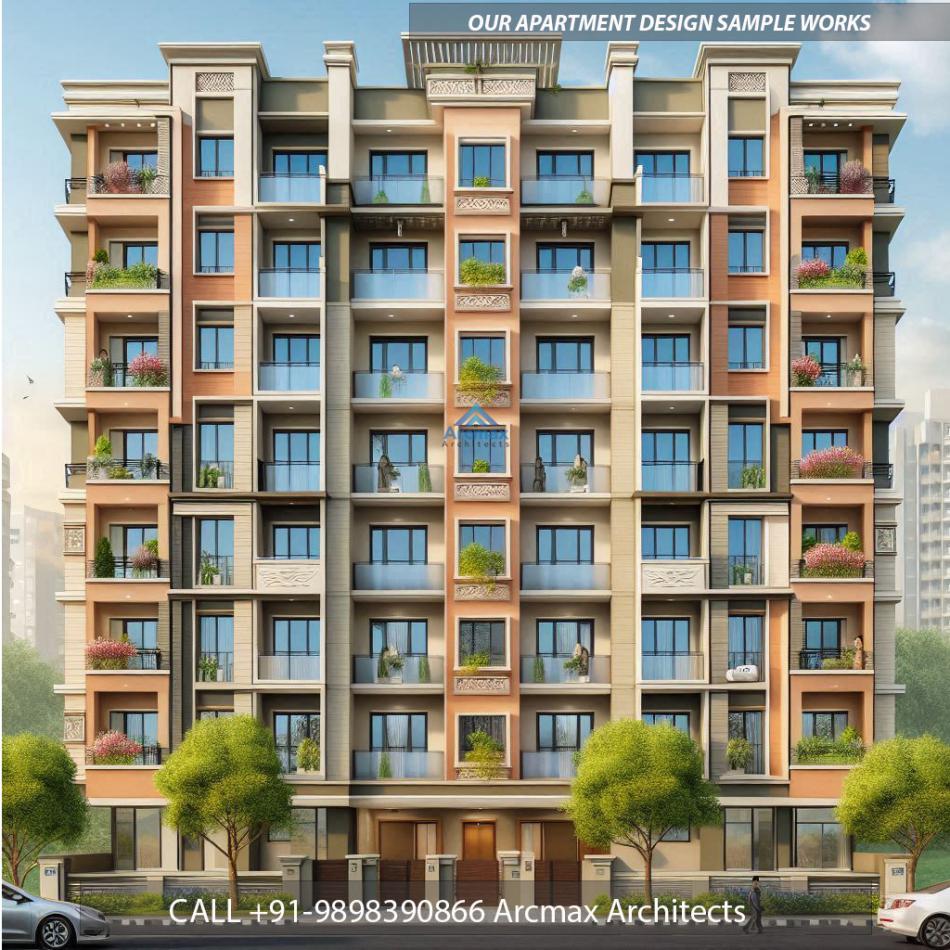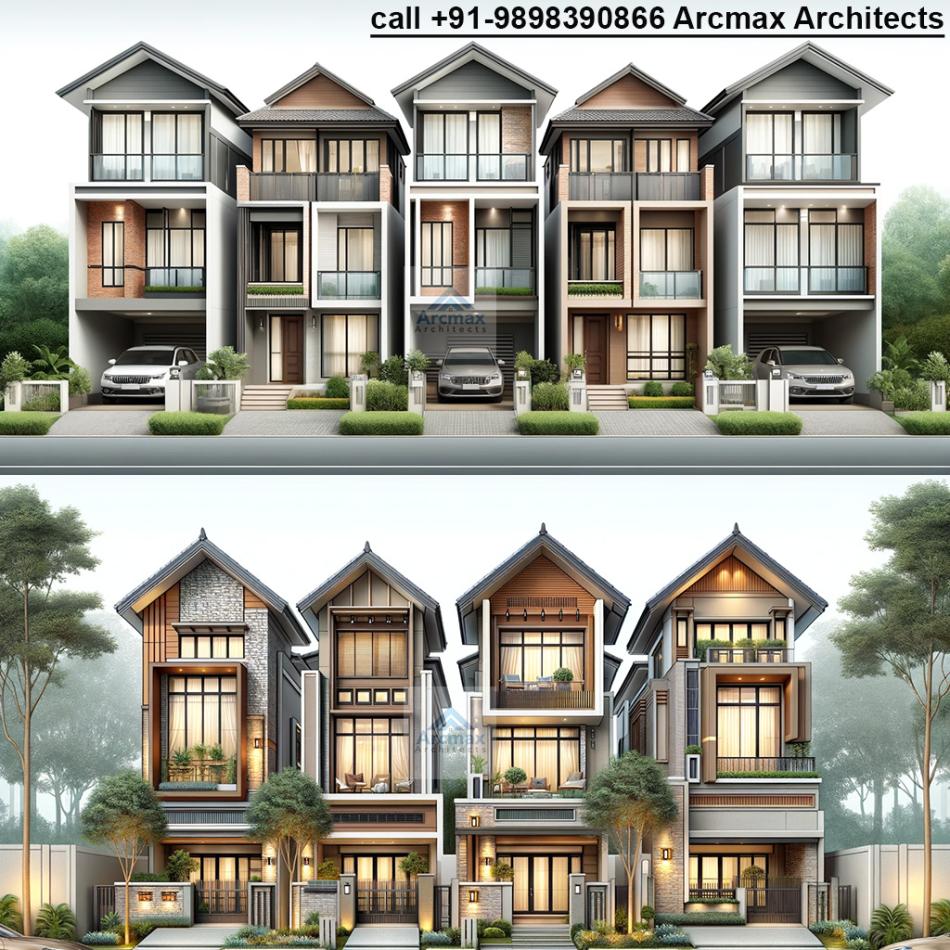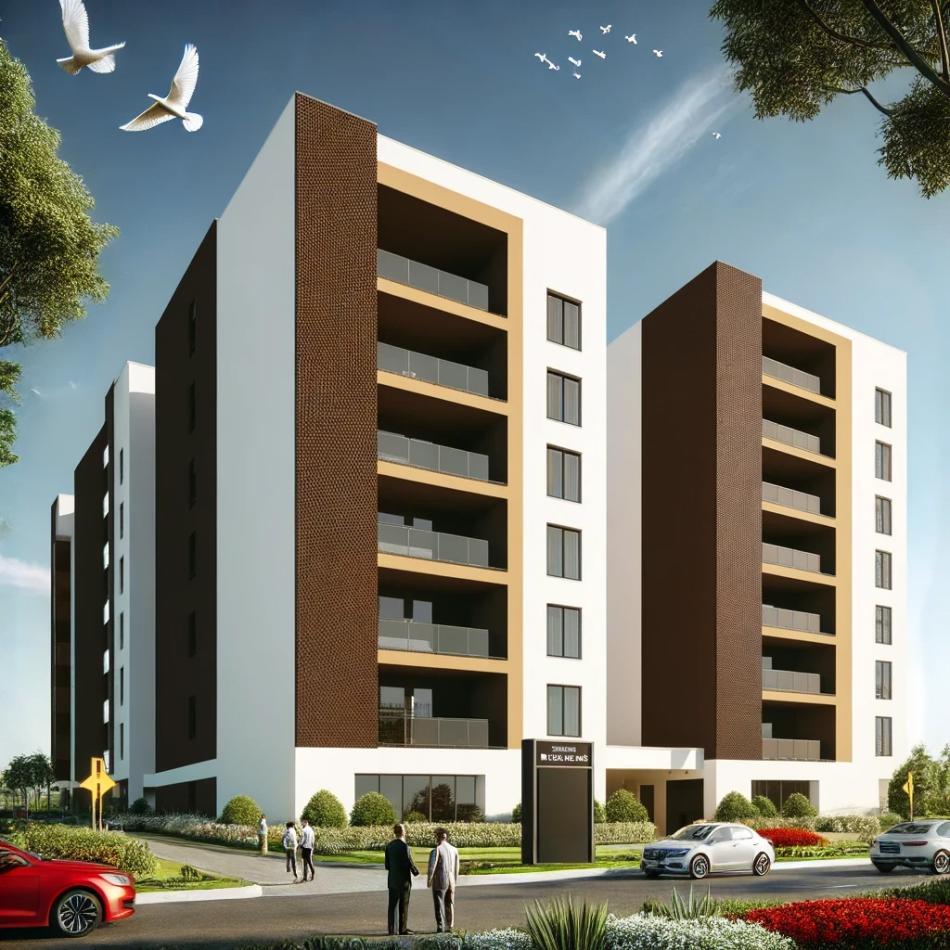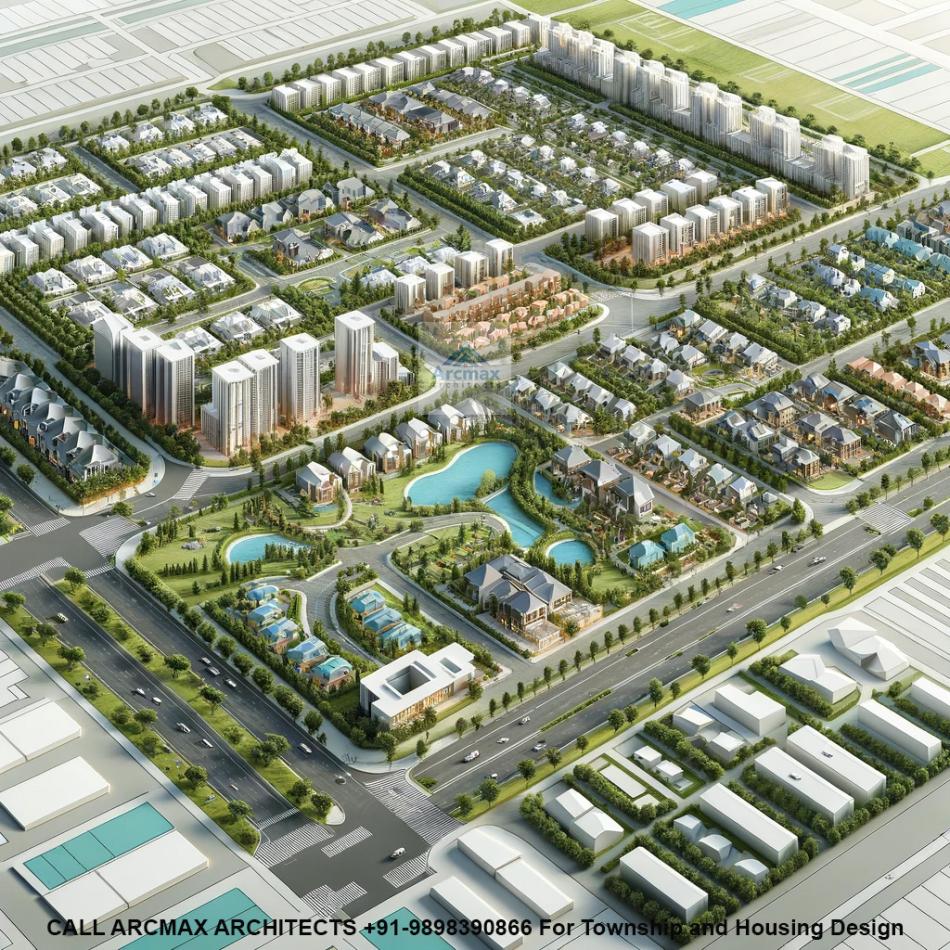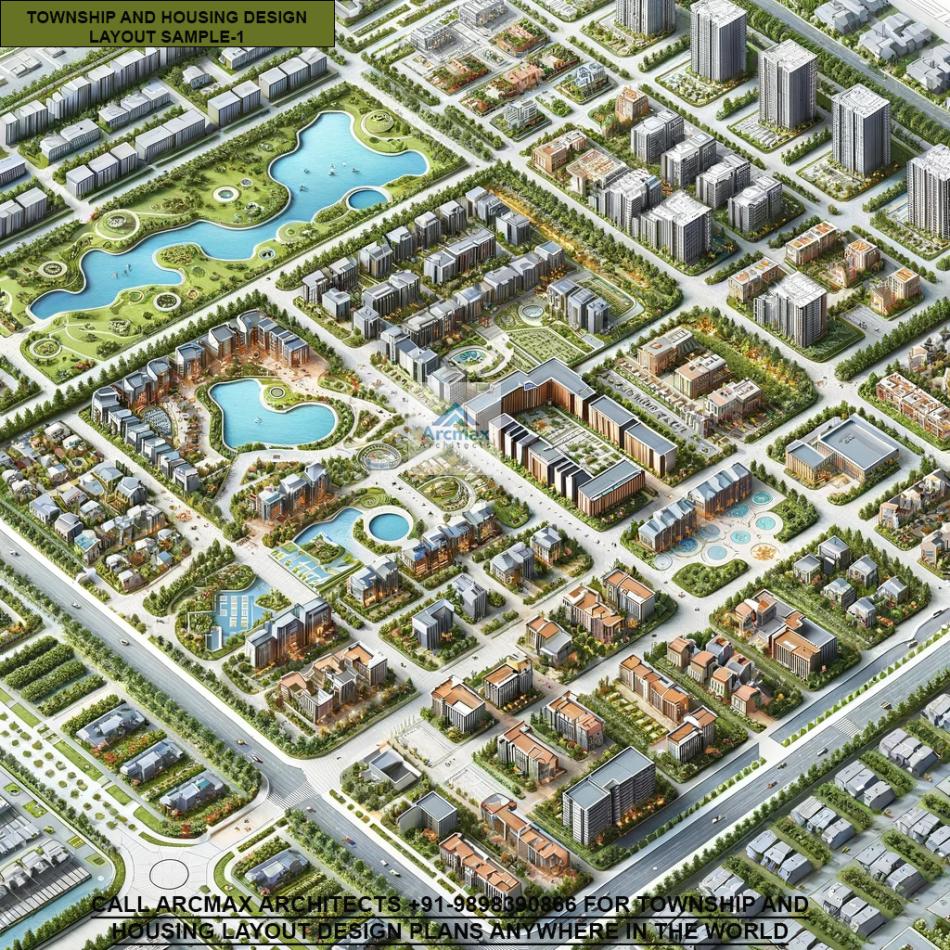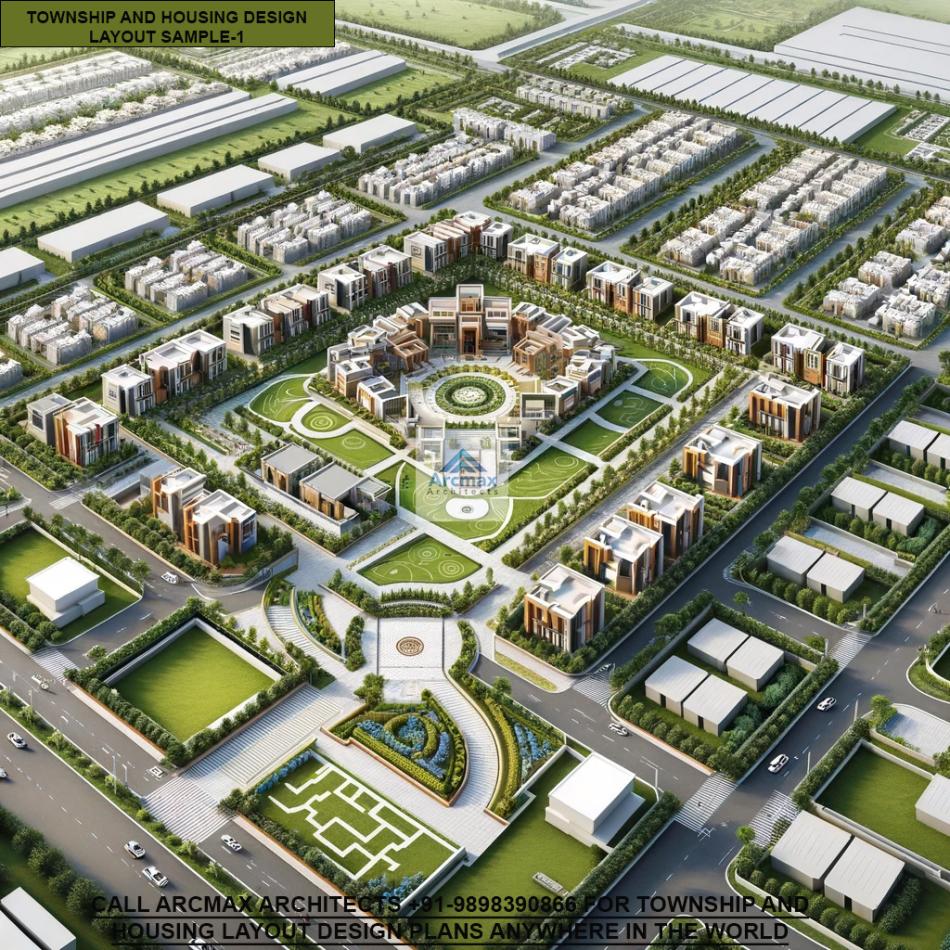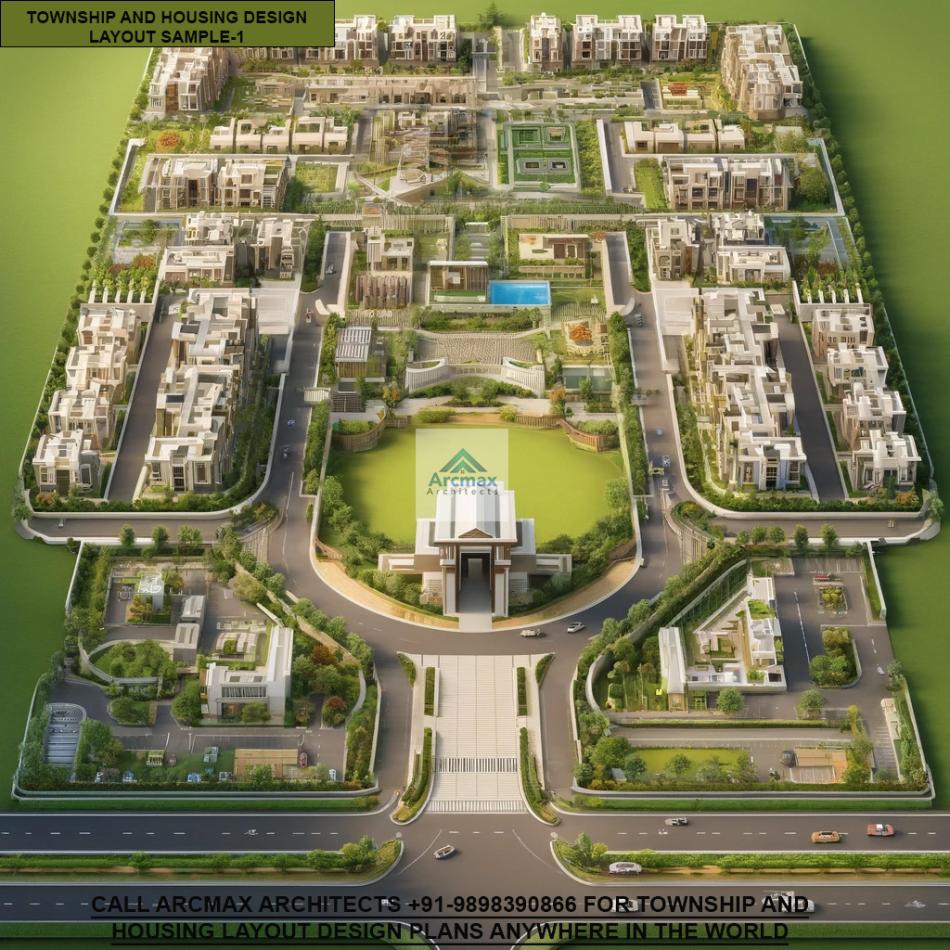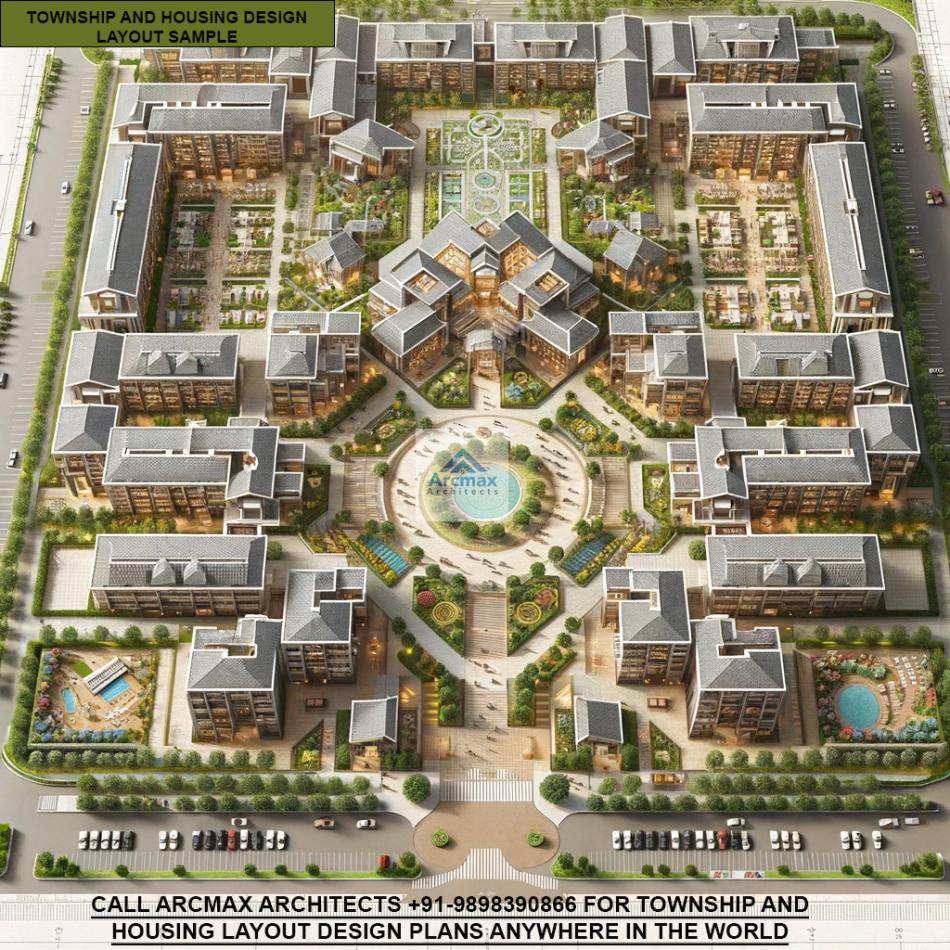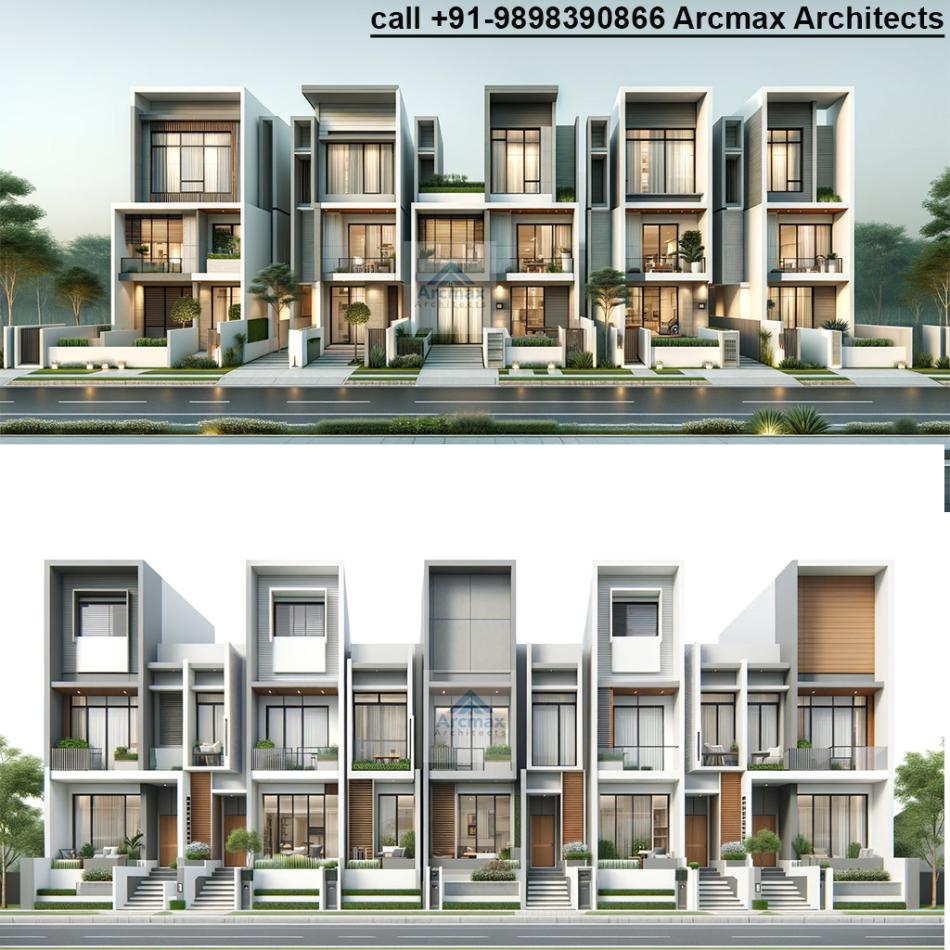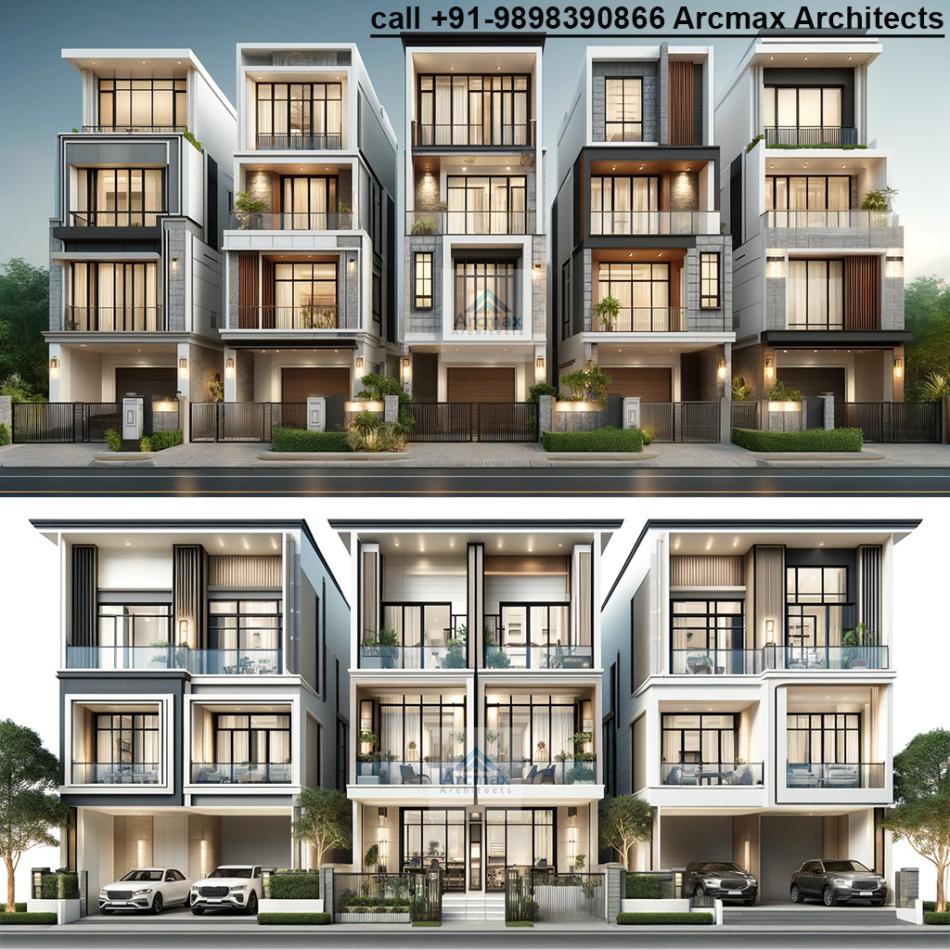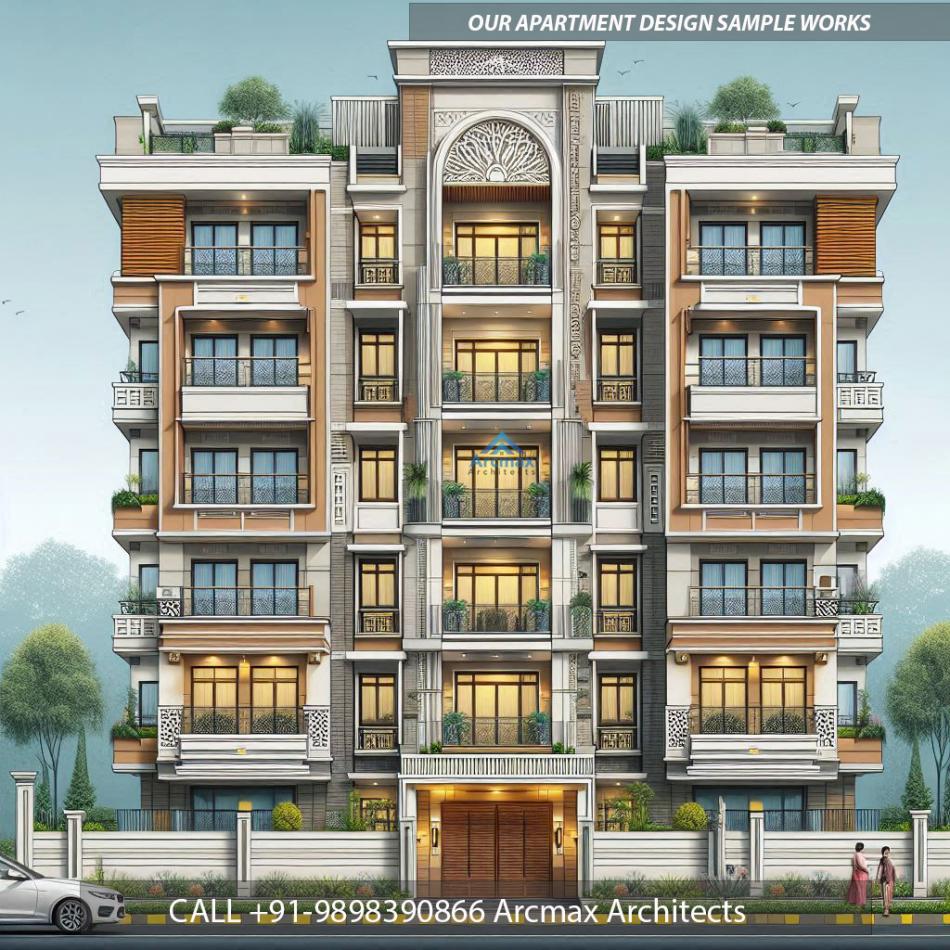Bakeri City, Pincode: 380015 Ahmedabad, Gujarat, India,
244 Madison Avenue, New York, United States
Our Client






Low-Cost Apartment Design and Planning in India
Low-Cost Apartment Design and Planning in India: Arcmax Architects, call +91-9898390866 or +91-9753567890 for Low-Cost Apartment Design and Planning in Ahmedabad, delhi, mumbai, chennai, bangalore, surat, jaipur, hyderabad, kolkata, nagpur and anywhere in india.
ArcMax Architects excels in low-cost apartment design and planning in India, blending innovation with affordability. With a deep understanding of local needs and challenges, they utilize cost-effective materials and advanced construction techniques to deliver high-quality, sustainable housing solutions. Their expertise in space optimization, energy efficiency, and community-centric designs ensures maximum value for residents. ArcMax Architects' commitment to excellence, combined with a track record of successful projects, makes them the best choice for creating affordable, comfortable, and environmentally friendly living spaces, transforming the urban landscape and improving lives across India.
In a country as diverse and densely populated as India, the need for affordable housing is paramount. Low-cost apartment design and planning play a crucial role in addressing the housing needs of millions. These projects not only provide shelter but also contribute to the overall well-being and socio-economic stability of communities. In this article, we will explore the key aspects of low-cost apartment design and planning in India, highlighting innovative solutions and best practices to ensure cost-effectiveness, sustainability, and quality living conditions.
Key Considerations in Low-Cost Apartment Design
Optimal Space Utilization: Efficient space utilization is fundamental in low-cost apartment design. Architects focus on creating functional layouts that maximize the use of available space. This includes designing multi-purpose rooms, using built-in furniture, and optimizing storage solutions.
Cost-Effective Materials: Selecting cost-effective yet durable materials is essential. Locally sourced materials such as fly ash bricks, recycled steel, and bamboo can significantly reduce construction costs. Additionally, using pre-fabricated components can expedite the construction process and lower expenses.
Energy Efficiency: Incorporating energy-efficient features helps reduce long-term operational costs for residents. Passive design strategies, such as proper orientation, natural ventilation, and ample daylighting, minimize the need for artificial lighting and air conditioning. Solar panels and rainwater harvesting systems can also be integrated to further enhance sustainability.
Community Spaces: Designing communal areas fosters a sense of community and improves the quality of life for residents. Shared spaces like gardens, playgrounds, and community halls encourage social interaction and provide recreational opportunities without the need for individual investments.
Innovative Planning Approaches
Modular Construction: Modular construction involves building sections of apartments off-site and assembling them on-site. This method reduces construction time and labor costs while maintaining high-quality standards. It also allows for greater flexibility in design and customization.
Mixed-Use Developments: Integrating residential units with commercial and recreational spaces creates vibrant, self-sustaining communities. This approach not only optimizes land use but also provides residents with convenient access to essential services and amenities, reducing the need for long commutes.
Public-Private Partnerships: Collaboration between the government and private developers can accelerate the delivery of low-cost housing. Public-private partnerships leverage the strengths of both sectors, with the government providing land and regulatory support, while private developers bring in expertise and investment.
Vertical Expansion: In densely populated urban areas, vertical expansion is a viable solution to accommodate more residents within limited land resources. High-rise apartments with efficient layouts and robust structural design can provide affordable housing options without compromising on quality.
Case Studies
Tata Housing’s Shubh Griha: Tata Housing's Shubh Griha project is an exemplary model of affordable housing in India. It features compact, well-designed apartments with essential amenities. The project employs cost-effective construction techniques and materials, ensuring affordability without compromising on quality.
The Slum Rehabilitation Authority (SRA) Scheme: The SRA scheme in Mumbai aims to provide low-cost housing to slum dwellers. The project involves redeveloping slum areas into organized residential complexes, offering improved living conditions and infrastructure to residents.
Low-cost apartment design and planning in India require a holistic approach that balances cost-efficiency with quality and sustainability. By adopting innovative construction methods, utilizing cost-effective materials, and fostering community development, architects and developers can create affordable housing solutions that uplift the living standards of millions. As India continues to urbanize, the focus on affordable housing will play a pivotal role in shaping the future of its cities and improving the lives of its people.

